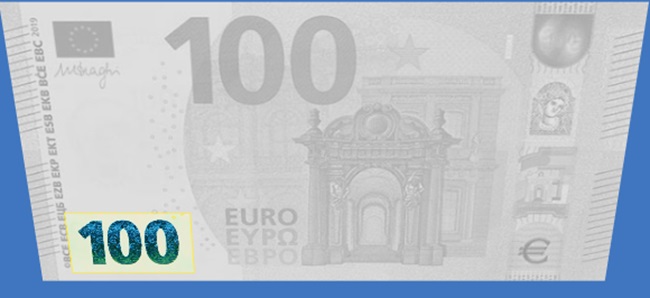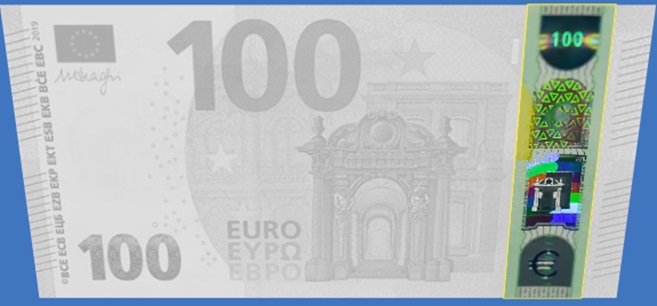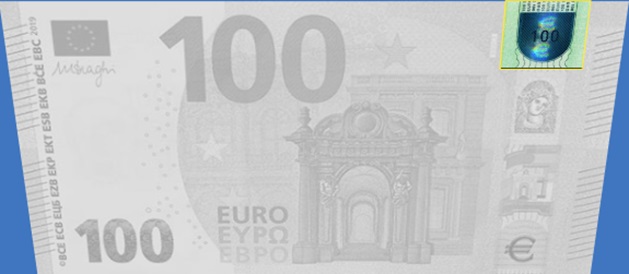Introduction
In fulfilment of its commitment to membership in the euro area and after meeting all the criteria for the adoption of the euro, on 25 February 2025, in a joint letter from the Minister of Finance and the Governor of the Bulgarian National Bank to the President of the European Commission and the President of the European Central Bank, they requested the preparation of extraordinary convergence reports on the readiness of the Republic of Bulgaria to join the euro area, as of 01 January 2026.
On 8 July 2025, the EU Council for Economic and Financial Affairs (ECOFIN) unanimously adopted the legislative acts for Bulgaria's membership in the euro area from 1 January 2026. This was the final step in the accession process, making Bulgaria the 21st Member State of the euro area. Bulgaria participates in the Exchange Rate Mechanism II with its currency board regime and a fixed central exchange rate of 1.95583 leva per 1 euro, which rate will be maintained upon our country's entry into the euro area.
As of the date of the adoption of the euro in the Republic of Bulgaria, the official currency in the country will be the euro. One euro is divided into one hundred cents. The symbol for the euro is “€” and the three-letter international code is EUR. The symbol or the three-letter international code may appear before or after the amount.
Banknote denominations and series
There are two series of banknotes. The first series consists of seven different denominations: €5, €10, €20, €50, €100, €200 and €500. The second series, called “Europa”, includes banknotes of €5, €10, €20, €50, €100 and €200, excluding the €500 banknote, which has not been issued since 27 April 2019 but is in circulation as legal tender. The banknotes of the first series, first put into circulation in 2002, are gradually being replaced by the “Europa” series, which are more durable and more resistant to counterfeiting. All euro banknotes are legal tender throughout the euro area.
As a result of Bulgaria's accession to the European Union in 2007, the name of the currency unit is written in Cyrillic (EBPO) as well as in Latin (EURO) and Greek (EYPΩ) letters.
The protection of euro banknotes, and particularly the Europa series, against counterfeiting is at an extremely high level and includes:
Embossed printing - on the front side along the left and right edges there are short embossed lines. These lines, as well as the main image, the inscriptions and the large number corresponding to the nominal value, feel thicker when touching the banknotes.

Portrait watermark – when holding the banknote against the light, an image of Europe, a copy of the main image and the nominal value of the banknote are visible on the left side.

Portrait window – when the banknote is held up to the light, the window in the hologram on the right becomes transparent and a portrait of Europе is visible on both sides of the banknote.

Emerald green number – when the banknote is tilted, the shiny number in the lower left corner changes color from emerald green to dark blue, and the effect of light moving up and down is visible. In the new €100 and €200 banknotes, miniature “€” symbols are also visible in the number.

Portrait hologram – when the banknote is tilted, a portrait of Europе is visible in the hologram – the silver strip on the right. The strip also contains a copy of the main image and the nominal value of the banknote

Satellite hologram - a security feature found only on the €100 and €200 banknotes. It is located at the top of the silver stripe. When the banknote is tilted, tiny "€" symbols are visible, moving around the number. These symbols stand out more clearly in direct light.

Source: European Central Bank:
https://www.ecb.europa.eu/euro/banknotes/current/html/index.bg.html
Euro coins
The euro coin series consists of eight different denominations: 1, 2, 5, 10, 20 and 50 cents, 1 euro and 2 euros. The euro coins have a common side and a national side. The national side shows the issuing country, while the common side shows images of the European Union or Europe. The 1, 2 and 5 cent coins show the globe with Europe, Africa and Asia. All euro coins can be used wherever payments are made in euros.
According to the regulatory requirements, each national side of the euro coins includes mandatory and optional details.
The mandatory elements included in the design of the national side of the Bulgarian euro coins are:
- depiction of a circle of 12 stars, as on the flag of the European Union;
- writing in Cyrillic of the word "BULGARIA" as a designation of the issuing country;
- for the Bulgarian 2 euro coins - an inscription, written sequentially along the rim (edge), with "GOD SAVES BULGARIA" written on one half, and the same inscription written in reverse on the second half.
The selected optional elements included in the design of the national side of the Bulgarian euro coins are:
- Cyrillic writing of the word "euro" on the 1 and 2 euro coins, "stotinka" on the 1 cent coin and "stotinki" on the 2, 5, 10, 20 and 50 cent coins;
- writing of the year of the introduction of the euro in Bulgaria.
The main elements of the design of the national side of the Bulgarian euro coins are the designs of the current Bulgarian circulation coins:
- Madara Rider – on the 1, 2, 5, 10, 20 and 50 cent euro coins;
- St. Ivan Rilsky – on the 1 euro euro coin;
- Paisii of Hilendar – on the 2 euro coin.

Source: Bulgarian National Bank:
https://www.bnb.bg/AboutUs/PressOffice/POPressReleases/POPRDate/PR_20250409_BG